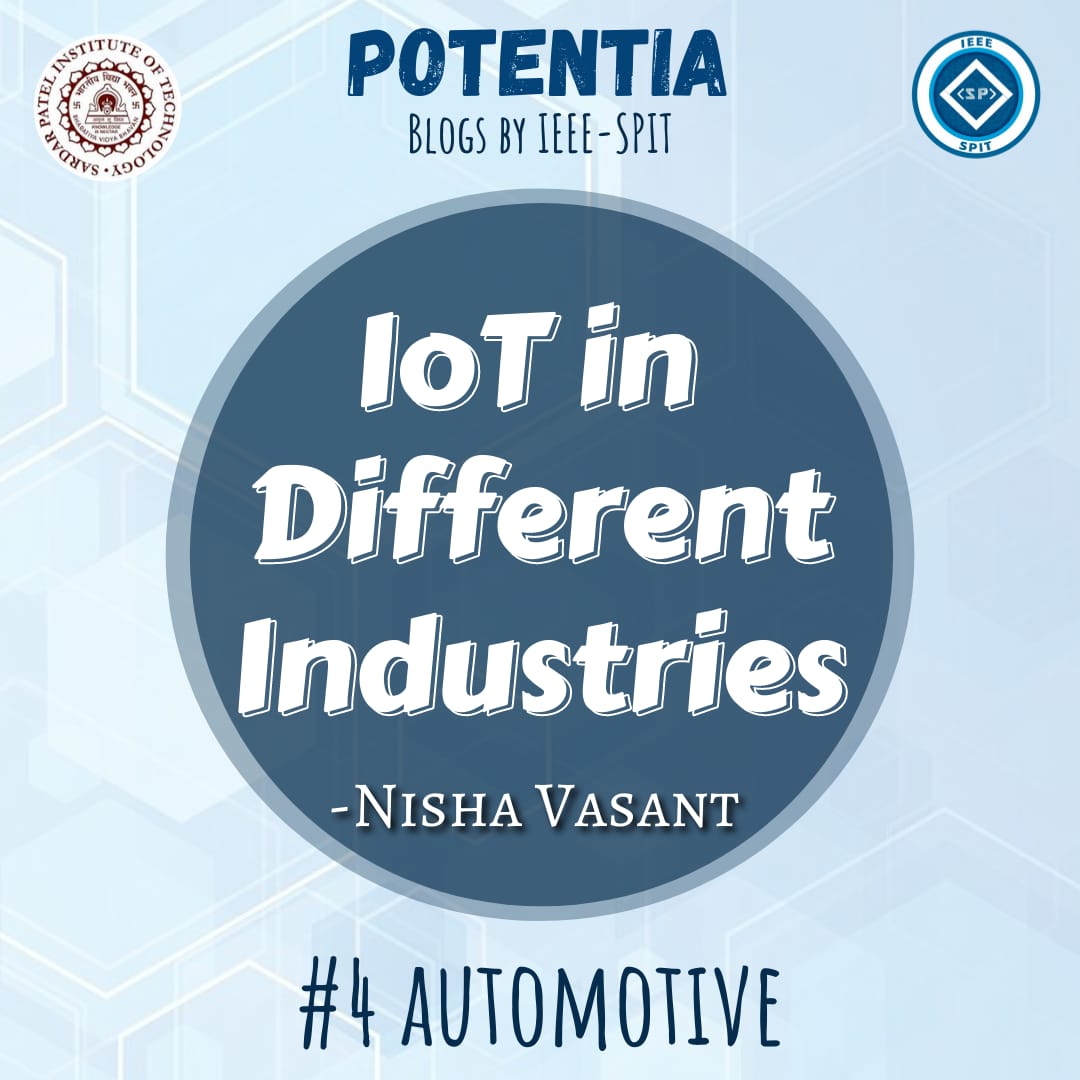
The automotive industry is one of the biggest manufacturing industries in the world. Its huge market and wide range of employment is a fertile ground for modern IoT applications. While lack of newer ‘out-of-the-box’ development in car features has somewhat stagnated the units sold per year since 2016, buyers are now looking for a futuristic vehicle that they can not only control seamlessly but also interact with. A far cry from the flying cars of the 20th century futurists, here is what we would like to expect from vehicles in the near future.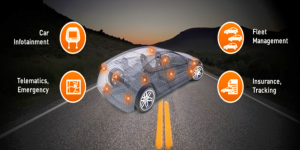
For the Personal Car
- Predictive Maintenance
The average car has dozens of parts that need regular maintenance to keep it running. Sensors embedded in every possible system to monitor temperature, engine status, speed, electrical systems, navigation and other parameters would ensure that your worn out tyre doesn’t dislodge at the next pothole. This helps set ‘performance benchmarks’ for the vehicle so owners can get the battery replaced before it gets to the point where the car refuses to start.
Just like a dashboard indicator, such a system will allow the user to check the status of important parameters from the comfort of a smartphone and send friendly reminders for required repair and upgrades.
- Surveillance and Security
Rear view cameras and proximity sensors are already available in many models for blind spot detection and parking assistance on our increasingly crowded roads. Introducing a mesh network for cars within a certain distance of each other would not only further improve collision avoidance but also allow for better route planning so there are no fake bottlenecks created on the road by cars trying to cross over into another lane.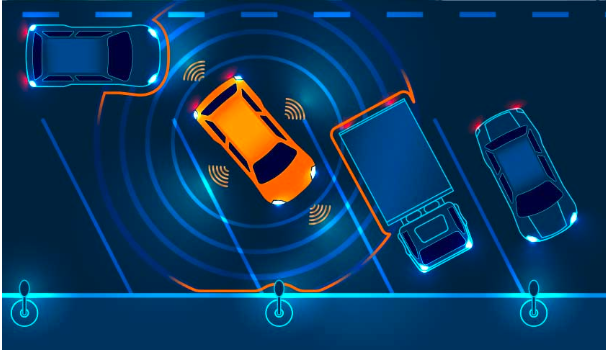
- Analytics and Dashboard Reporting
Thorough monitoring of the vehicle is not only for the consumer but also for the manufacturer to study usage trends and failure occurrences to enable them to offer the most essential updates on time. This improves manufacturing and maintenance processes throughout the vehicle’s lifecycle. Enhanced predictive insights ensure faster response times for serious issues and proper accountability for both user and manufacturer
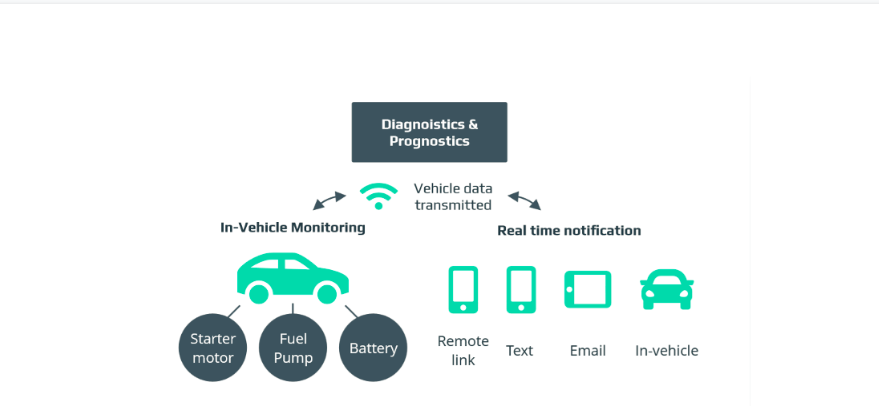
Another point to note is that connected cars are a rich source of data for future development of fully autonomous vehicles. Data on how a human would behave under specific scenarios as recorded by the sensors provides a large dataset for development, testing and prototyping of self driving cars. Data analytics used with dashboard reporting tools will provide a wealth of quality data to innovators.
For Commercial Fleets
Modern trucks are integrated with weight measurement, location tracking and several other sensors for efficient fleet management. As shipping volumes increase and logistics operations get more and more complex, it is important to be efficient. Thus, the large volume of data from large fleets helps the fleet managers visualise crucial information
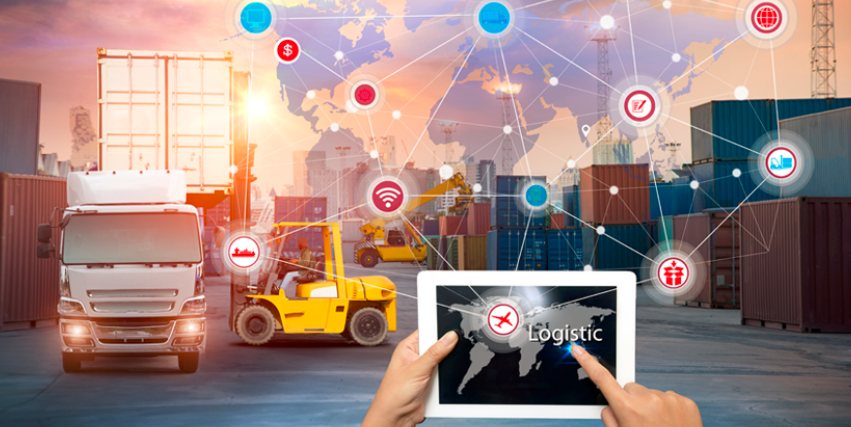
- Weight/Volume tracking of cargo that the fleet is carrying
Overloaded trucks don’t last as long and empty trucks are a loss making proposition. Hence, weight and volume tracking of cargo ensures that all trucks are used at optimum capacity. Routes with multiple stops can ensure higher efficiency as available space can be utilised at all times. More shipments also mean higher earnings. Weight tracking also ensures road safety as overloaded trucks are difficult to maneuver on some roads and cause more accidents.
- Time, Driver and Route management
This is one of the most complex yet crucial aspects of good logistics management. Introducing a connected fleet where all drivers and vehicles are tagged will allow most efficient utilisation of all resources. Schedules can be drawn up to match a driver to the truck and cargo and the route planned for maximum efficiency. One can incorporate a proper schedule for the driver and also keep in mind weather and road conditions when planning the route.
- Performance monitoring and Predictive Maintenance
Faulty vehicles cause accidents. There has been a case where an oil spill was caused due to a faulty ship that should never have been allowed out to sea. Hence, predictive maintenance and fault analysis is all the more important for commercial fleets where the stakes are higher
C2Vx = Cellular Vehicle to Everything
An IoT network that connects vehicles and smart transport systems.

- Vehicle to Vehicle (V2V)
Vehicles in proximity to each other can share location, speed, and dynamics. V2V connection helps in preventing accidents and allows emergency vehicles like ambulances and fire trucks to easily move through traffic.
- Vehicle to Infrastructure (V2I)
Vehicles can communicate with road infrastructures like traffic lights and toll booths. V2I generally facilitates smooth traffic flow and avoids long queues at toll booths or petrol pumps.
- Vehicle to Pedestrians (V2P)
Pedestrians can connect with the CV2X network using an application to locate nearby taxis and monitor the estimated time of arrival for transits. They can also connect with the pedestrian walking system and change traffic signals to cross a road.
- Vehicle to Network (V2N)
An Intelligent Transport System (ITM) and the weather forecast department can connect with the network to alert the drivers about change in weather conditions or an accident on the road.
The vehicle of the future will be more than just a device for transportation, it’ll be a communication unit in itself. The global connected vehicle market is predicted to show a compound annual growth rate (CAGR) of 19 percent. In terms of revenue, the collective sector shows the potential to transform into a USD 112 billion industry by the year 2022. Many leading automotive manufacturers are showing a keen interest in this technology. Clearly, futuristic cars are closer to reality than we think.
